
Back from the brink
Michelle tried for months to get her symptoms taken seriously. Then she had a heart attack
Chapter 1 Flatline!
Michelle Logeot’s heart stopped for more than three minutes.
She only found out later, of course. She’d arrived by ambulance at the hospital in Thompson, Man. Her husband, Dale, had called 9-1-1 when he found her unconscious on their bed that June day in 2017. She was lying down after almost fainting during a shopping trip to Safeway.
- Learn more about the gaps that threaten women’s heart and brain health.
Suddenly, at the hospital, Michelle was in cardiac arrest. The emergency team rushed to do CPR; they used a defibrillator to restart her heart.
“They were able to bring me back,” says Michelle, then 51. But she’d had a major heart attack, triggering cardiac arrest.
Chapter 2 A search for answers
For several months Michelle had been feeling unwell, with unusual weakness and sweating as well as occasional fainting. Her job, as director of regional centres for University College of the North in Thompson, meant she travelled most days of the week to other northern Manitoba communities, often staying over.
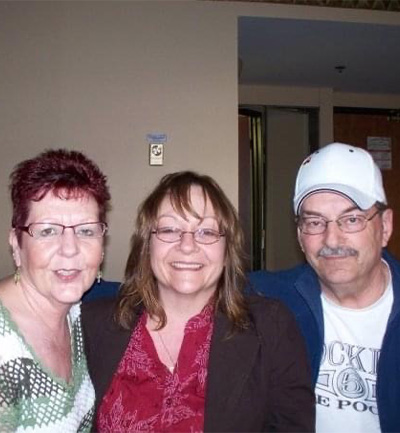
Michelle, shown here with her parents, had a family history of heart disease.
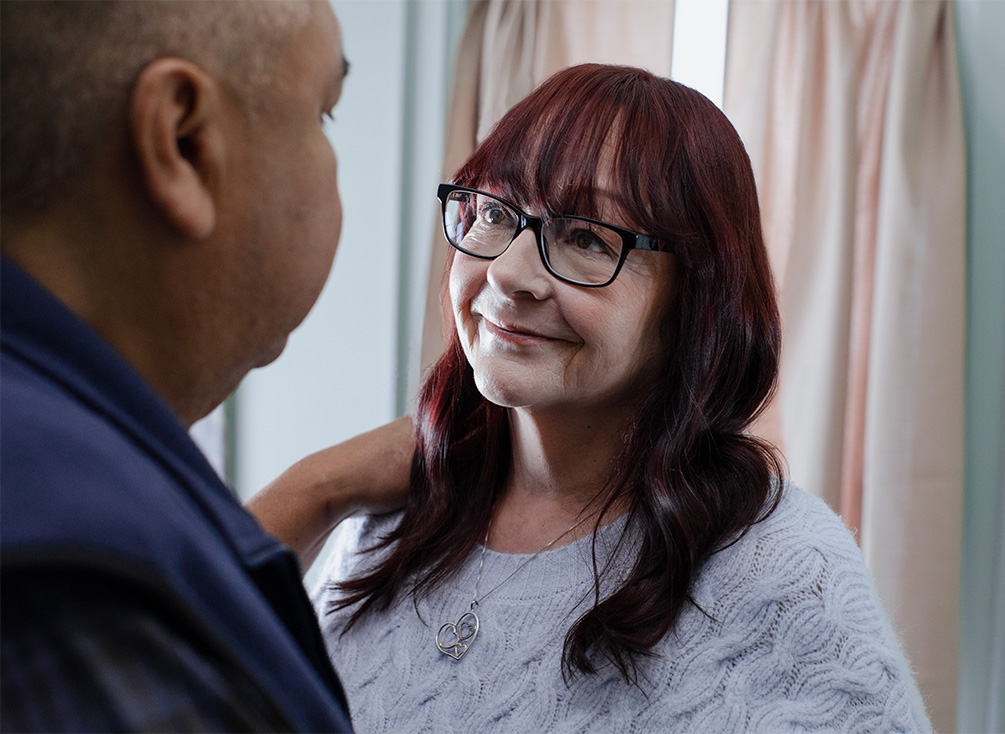
Michelle, here with her husband Dale, received multiple diagnoses but none of them pointed to her heart.
“As I started getting sick, I would go to emergency,” she says. “I went several times here in Thompson. I went in Flin Flon; I went in Swan River. That might have been a mistake, because right away they were assuming I wanted pain pills or something, because I'd been jumping hospitals. But it was only because of my job and the travel.”
Michelle suspected her symptoms were heart-related. Her father had bypass surgery at 46 and her grandmother died of a heart attack. But she was given diagnosis after diagnosis that seemed to cover everything but heart disease.
“They told me I had anxiety, depression, menopause, a cold, flu, pneumonia. They told me I had a prolapsed vagina. They told me I had kidney stones.”
One doctor ordered a stress test to check her heart function; the results showed everything looked fine. “He actually accused me of lying,” she recalls. That was a couple of weeks before her heart attack.
“I felt like I had done everything I could to see what was going on, but I was being dismissed,” Michelle says. “They wouldn’t listen to me until I flatlined.”
Chapter 3 Healing a heart
From the emergency department in Thompson, Michelle was flown by Medevac to Winnipeg. There tests revealed a blockage of more than 90% in the artery known as the “widow maker,” plus blockages in eight other blood vessels around her heart. Michelle had a procedure to open three of the arteries with stents.
She was discharged four days later with a recommendation to enroll in a cardiac rehabilitation program right away. The nearest was in The Pas, a 3 ½-hour drive from Thompson, but they didn’t have room for her. “So I was never able to get any heart rehab, or any supports really,” Michelle says.
Online groups proved a lifeline, where Michelle got advice and encouragement from other women who helped her understand her new diagnosis of heart failure – the result of damage from her heart attack.
She tried returning to the job she loved, but fatigue, memory problems and depression (common after a heart attack) kept that from happening.
Today Michelle’s heart function has greatly improved thanks to medication and careful management. She likes her cardiologist in Winnipeg. Still, she estimates she spends $25,000 a year on medical expenses, including travel to see specialists.
Looking back, Michelle believes her concerns were dismissed repeatedly because she was a woman.
She knows first-hand how important it is to increase awareness and training for healthcare providers; to help them recognize and respond to heart disease in women.
- Get our report on the inequities that put women at risk.
- Learn more about women and heart disease.
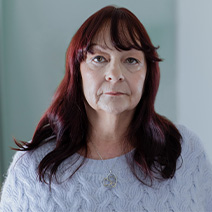
Related stories
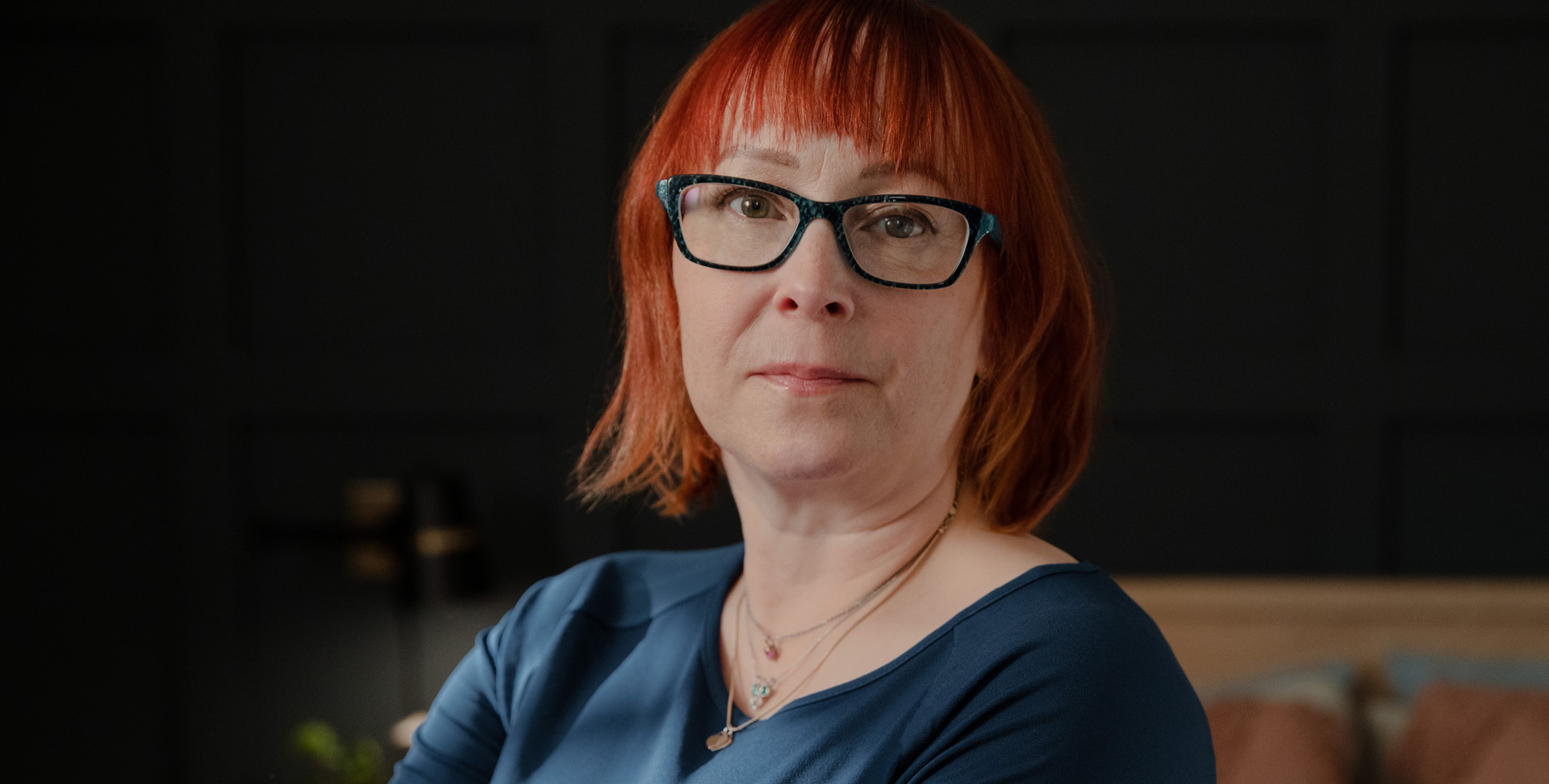
Saving a mother's heart
It was almost too late when Christina learned that pregnancy complications had increased her risk of heart disease

Protecting heart health after menopause
Dr. Glen Pyle’s discoveries will reduce heart disease in older women — and help men too
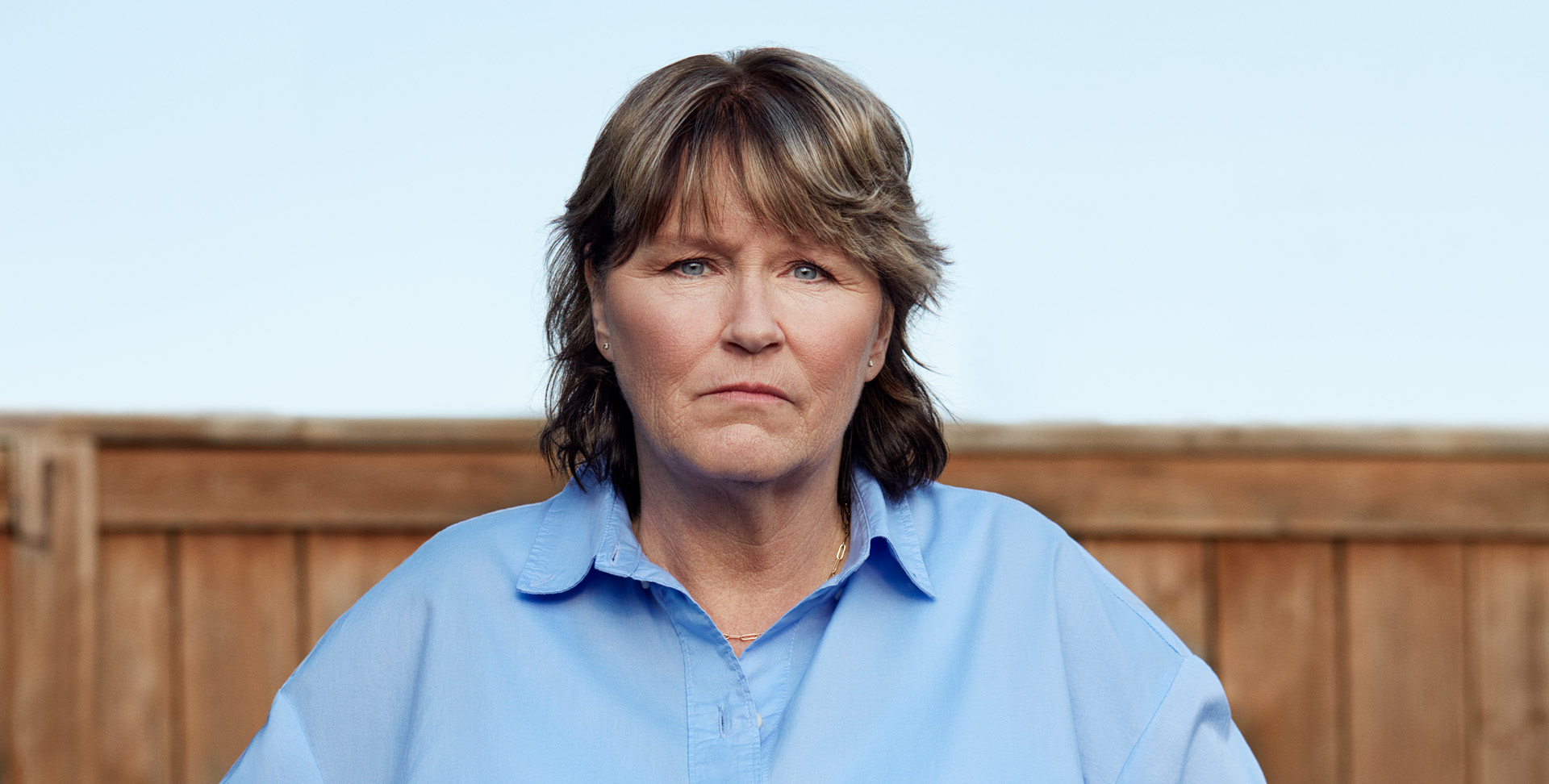
A passion to beat heart disease
After losing five siblings, Heather Evans is fighting with everything she’s got
